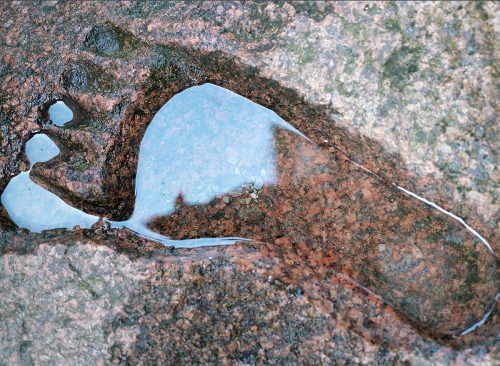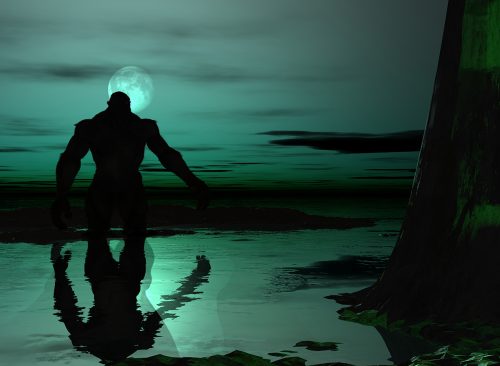Bigfoot May Still Exist, Says Veteran Science Writer
“Complex” nests have been found—but who built them?

Is Bigfoot real—and could it be in existence right now? That’s something science writer Laura Krantz believes might very well be true. Kranz’s new book The Search for Sasquatch encourages children to seriously consider the evidence surrounding the mystery primate, and keep an open mind over whether Bigfoot could be alive right now. Kranz has been visiting schools to talk about the hairy beast, and found that many children already knew about it. She says it’s “a far cry from my childhood when I don’t think I spent any time thinking about Bigfoot at all. [Now] Bigfoot is such a part of popular culture, there is so much material out there.” Here is why Krantz believes Bigfoot is no myth.

Kranz discovered she is related to Grover Krantz, a professor of anthropology at Washington State University and one of the most famous Sasquatch researchers of the 20th century. Grover was convinced Sasquatch was real after discovering footprints he believed could only belong to the giant primate. “One of them was obviously crippled,” Grover told an interviewer. “The design of foot that’s implied by the crippling was exactly what you would expect from a creature about 8ft tall and enormously heavy. If somebody faked that and put all these subtle hints of the anatomy design in that, he had to be a real genius, expert in anatomy and very inventive.”

Grover wrote five books about Bigfoot and spent years searching through the forests of the Pacific Northwest hoping to find one—and kill it. Grover was convinced that without physical evidence, no one would believe he saw a Sasquatch. “His direct quote was: ‘We need a body or a big piece of a body,’” Krantz said. “His feeling was that the first person to see a Bigfoot should shoot one . . . so we have a specimen for science.”

When Krantz began her own research into Bigfoot, her last name helped give her access to fascinating information. “It was really funny how many doors having that same last name opened,” she said. Krantz was given access to private land near Seattle, Washington, where a landowner had discovered ten-feet-long nests built from sticks and branches, with no explanation for what made them. The nests would comfortably hold a creature 6-8 feet tall. He called in Bigfoot researchers and gave them five years to investigate the area.

Jeff Meldrum, an anthropology professor at Idaho State University, was also called in to examine the strange nests. Meldrum made it clear the nests were nothing like what a bear would build, saying they were “very complex constructions . . . they had a lattice base of sticks.” There were branches that had been “pinched off . . . up to a height of about seven feet. These had been plaited and woven in.” DNA testing on the nests found no evidence of a large primate.

While Krantz has no definitive proof that Bigfoot lives among us, she wants children to keep an open mind. “I still can’t say for sure it’s not there,” Krantz writes in her book. She encourages her readers to “learn to think more critically and to be more scientifically literate. I also don’t want to take the magic out of the world, or the idea that the world is still wild enough and unexplored enough that they can go out and solve mysteries and learn new things.”














